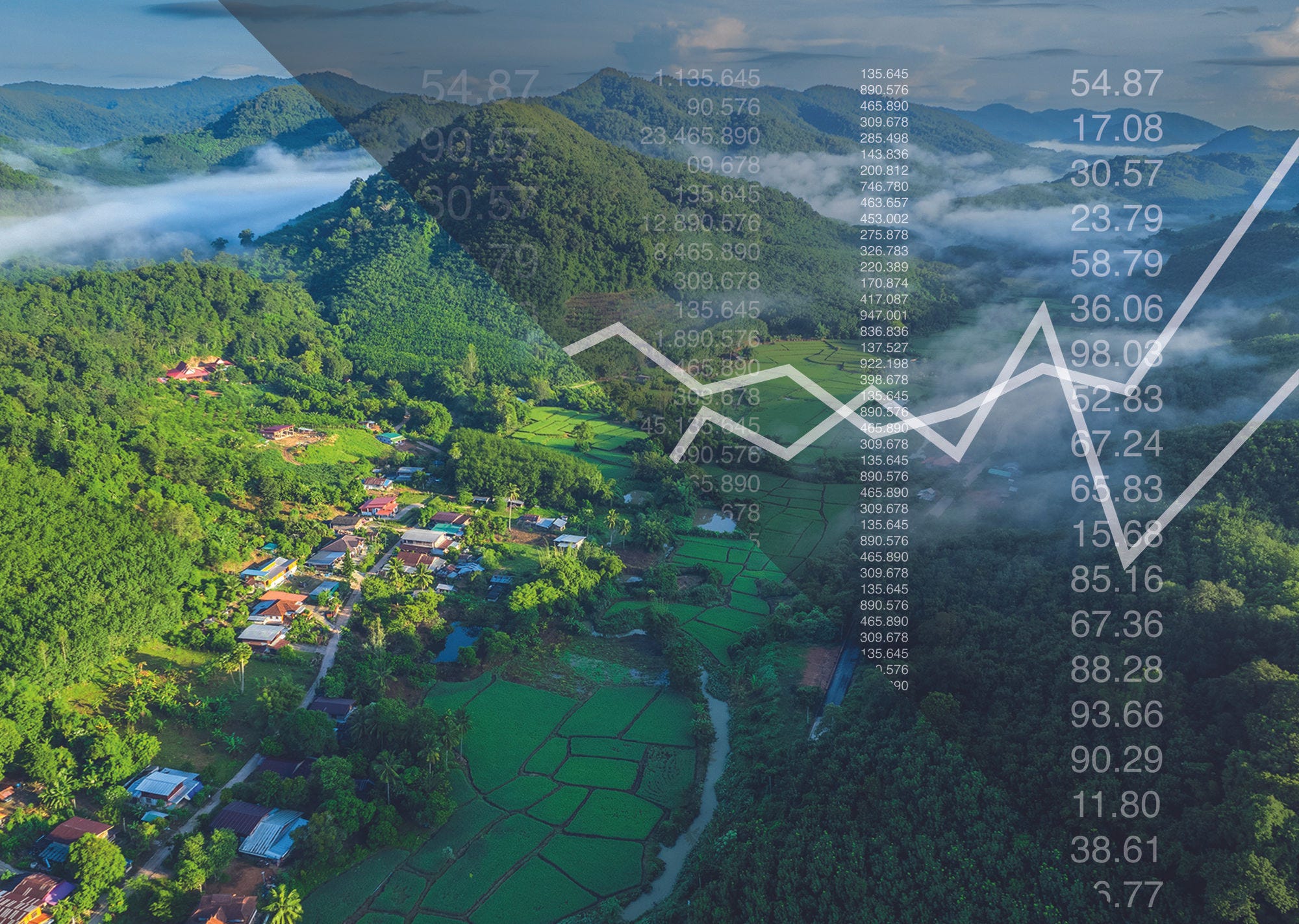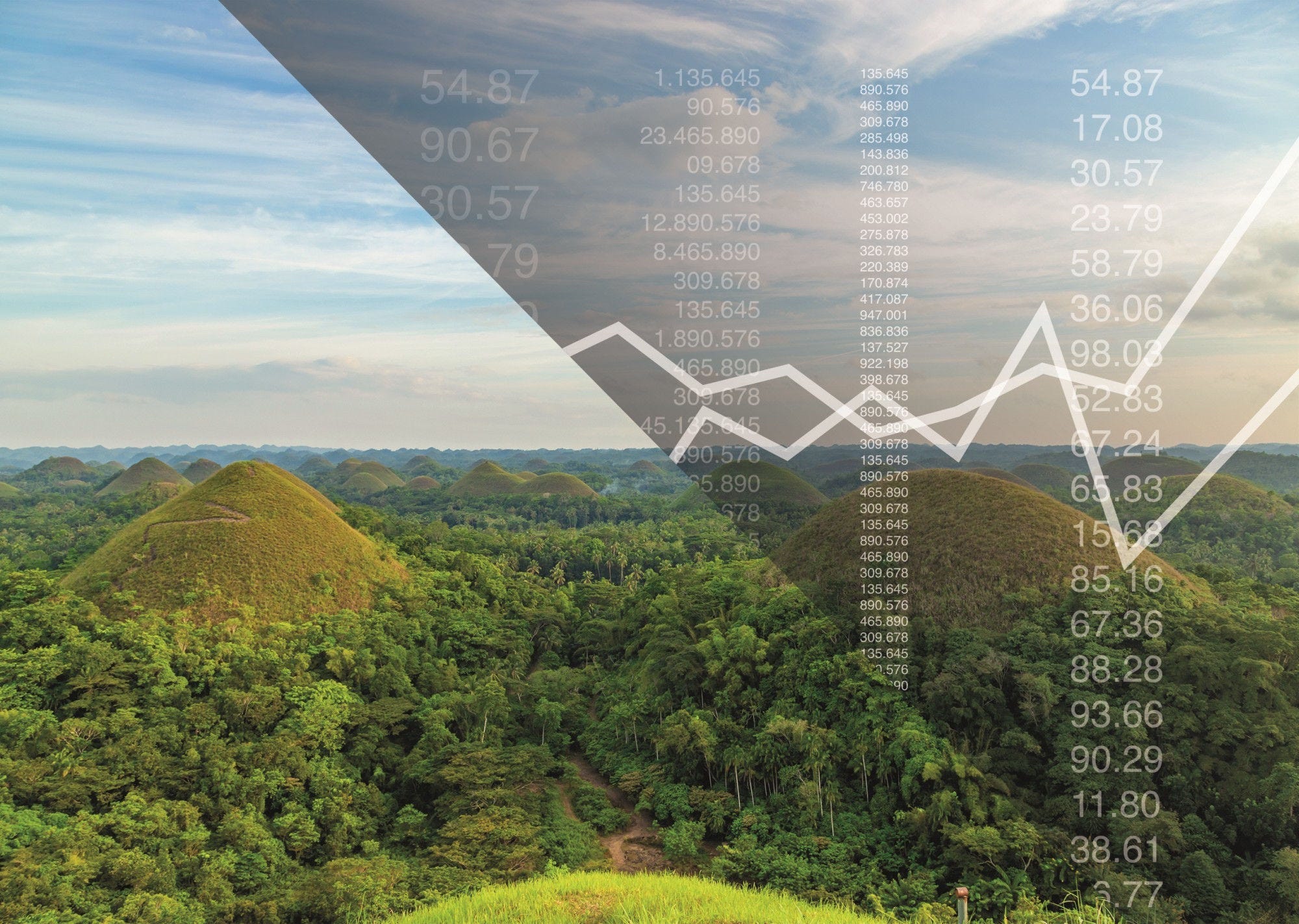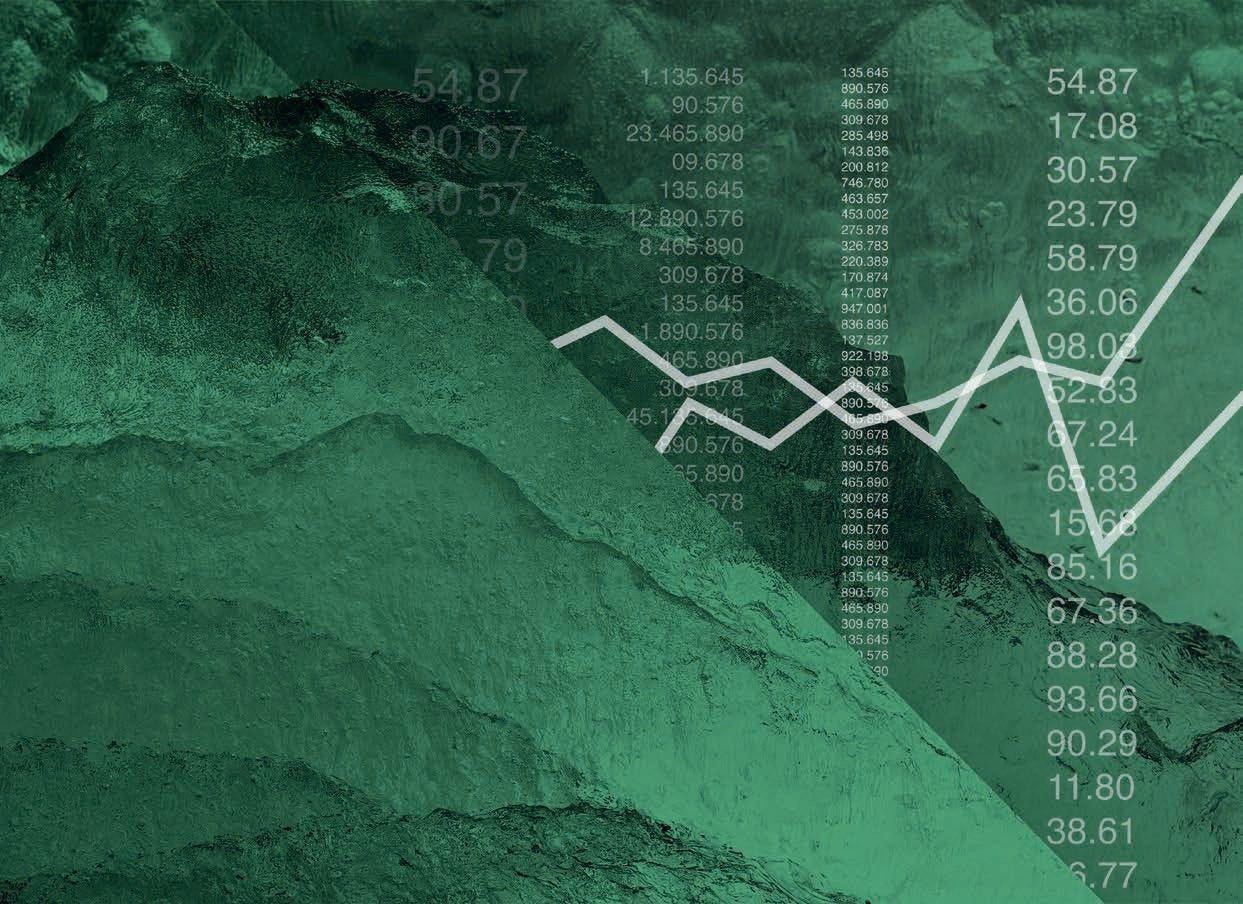This report presents findings from a survey on green finance conducted among 1 000 households in the Kyrgyz Republic (Kyrgyzstan) in 2019. Although green finance is an emerging trend, knowledge about the appetite for green financial products and services in Kyrgyzstan is almost inexistent. The OECD prepared the household survey to close this gap in evidence. The research identified needs and demand from existing and potential clients of Kyrgyz financial institutions for financial instruments, including those that promote sustainable development. This will help commercial banks, policy makers and central bankers design more targeted interventions to increase access to and use of financial products and services, including green finance, in Kyrgyzstan.
Accessing and Using Green Finance in the Kyrgyz Republic
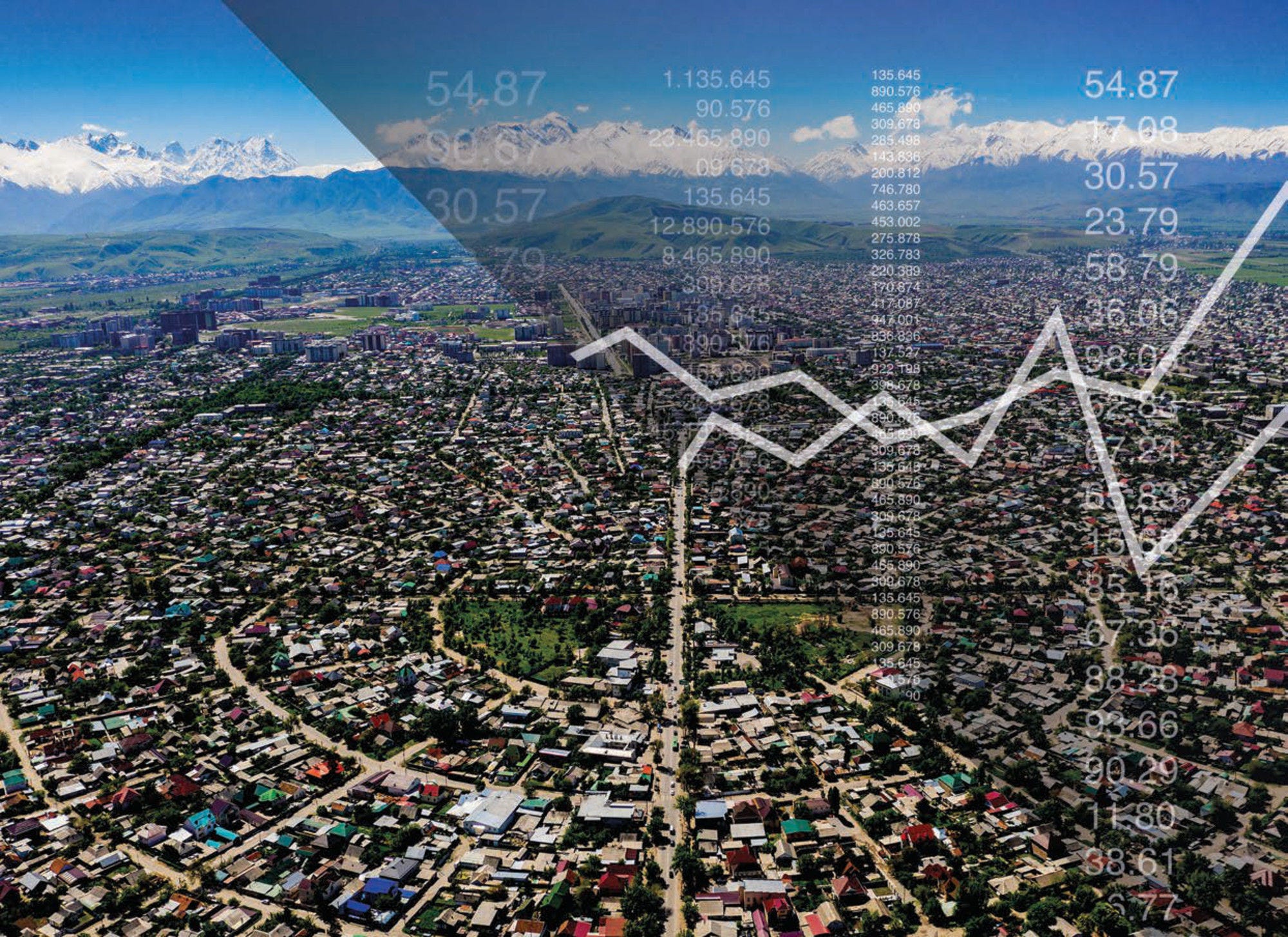
Abstract
Executive Summary
The government of the Kyrgyz Republic (Kyrgyzstan) needs structural reforms to strengthen macroeconomic performance, reduce poverty and address challenges posed by human-made climate change. In recognition of these challenges, the government has set out the National Sustainable Development Strategy towards 2040. In addition, it has launched the Green Economy Program 2019-2023, which guides its transition towards an economy that is green and inclusive. Managing the COVID‑19 pandemic and its consequences presents the opportunity to accelerate this transition and embed principles to implement it into short and medium-term economic planning.
The banking sector can improve the fiscal base for structural reforms towards the green, inclusive transition by bringing flows of money from the informal economy (making up almost one-fourth of gross domestic product) into official channels. It can also mobilise additional green investments. However, deeper understanding is required on two levels to explore the potential of the Kyrgyz banking system to help mobilise such finance. First, on the supply side, more knowledge is needed on the functions and efficacy of the banking system and financial regulations. Second, on the demand side, more insight is required in areas such as the needs of individuals, households, entrepreneurs and businesses for financial solutions that support the transition to a green and inclusive economy. The study presented here focuses on the demand side.
This report uses household-level data collected through a survey of 1 000 households in the Kyrgyz Republic in the summer of 2019 to analyse access to, as well as use and perceptions of, green finance. In the context of the survey, green finance is defined as a household’s investments to reduce its emissions, improve energy efficiency, reduce water consumption, improve forestry management, protect biodiversity or improve climate resilience.
Responses to the household survey show that:
30% of households had taken out a loan or credit to finance one or several activities with a climate mitigation or adaptation purpose in the past five years.
40% did not know whether they had taken out a loan or credit to finance any of these activities, which points to a lack of understanding of green finance; 70% did not know whether they were interested in doing so in the near future.
use of formal financial services in general was low (more than 80% of respondents did not have a bank account).
The survey points to a clear gap in knowledge and understanding of the pros and cons of green investment and that many respondents had not previously reflected on making green investments. Respondents perceived high interest rates as the biggest barrier to taking out a green loan. Short lending terms, insufficient collateral, inconvenient repayment schedules were additional barriers. Respondents also think their insufficient knowledge on how to access and use banking services would hinder them from taking out a green loan. Other barriers noted include lack of bank accounts, lack of information on banking products and insufficient information on the purpose of green financial products.
The results highlight the need to increase general financial literacy, access to bank accounts, and understanding and awareness of green financial products.
The report identifies three main pathways for better access to and use of green financial products:
1. Strengthening the regulatory requirements for financial institutions, e.g. by making it mandatory for financial providers to improve environmental, social and governance principles in their operations.
2. Broadening and better targeting financial products to the needs of Kyrgyz households. This can include providing financial incentives for agricultural and disaster risk insurance, promoting movable asset-based lending or helping customers combine remittance accounts with other financial products.
3. Improving financial literacy on green financial products and services, among both households and financial service providers.
Overall, the survey highlights that improving access to and use of green financial products and services needs to go hand in hand with efforts to increase use of formal financial instruments. A functioning financial market where households and businesses actively use financial products and services is in many ways a precondition for introducing elements of green finance. A comprehensive regulatory and financial framework that tackles financial inclusion, social inclusion and green finance together will help implement mutually reinforcing policy actions; create synergies between economic, social and environmental goals; and achieve progress faster.
In the same series
-
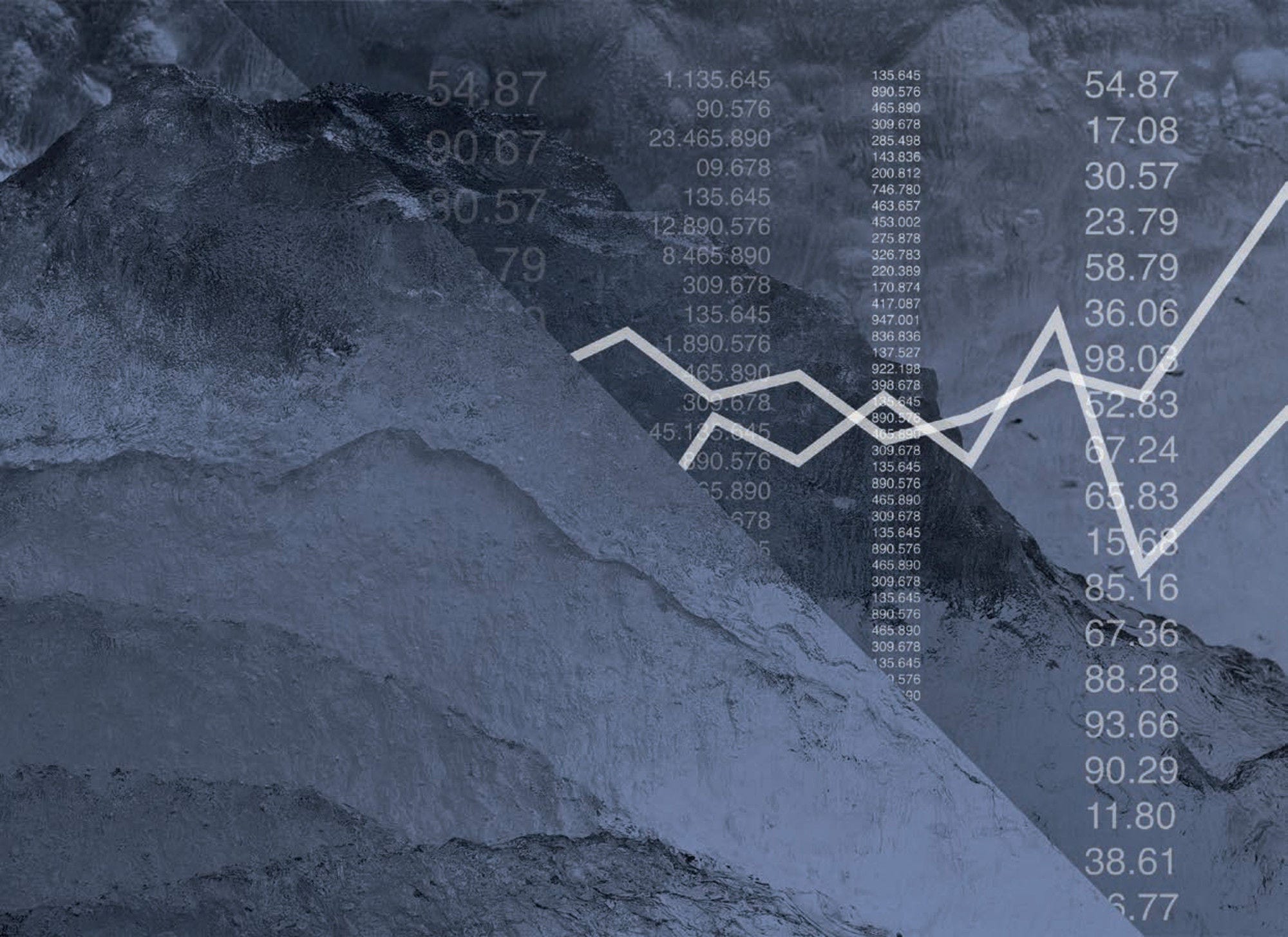 16 November 2023
16 November 2023
Related publications
-
 19 November 2024
19 November 2024 -
 4 December 2023
4 December 2023 -
 17 February 2021
17 February 2021


